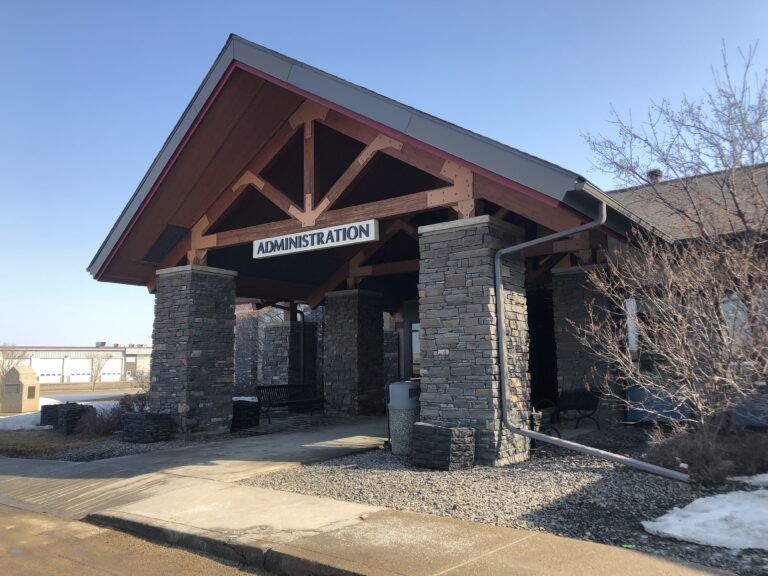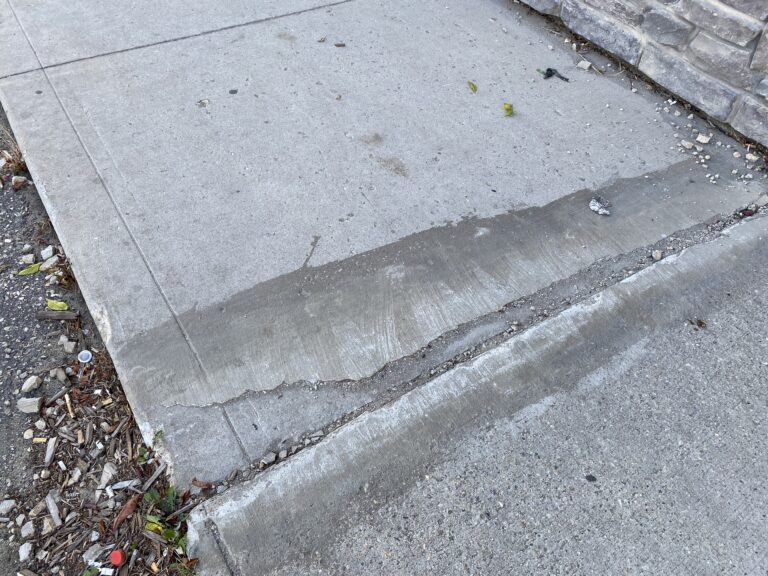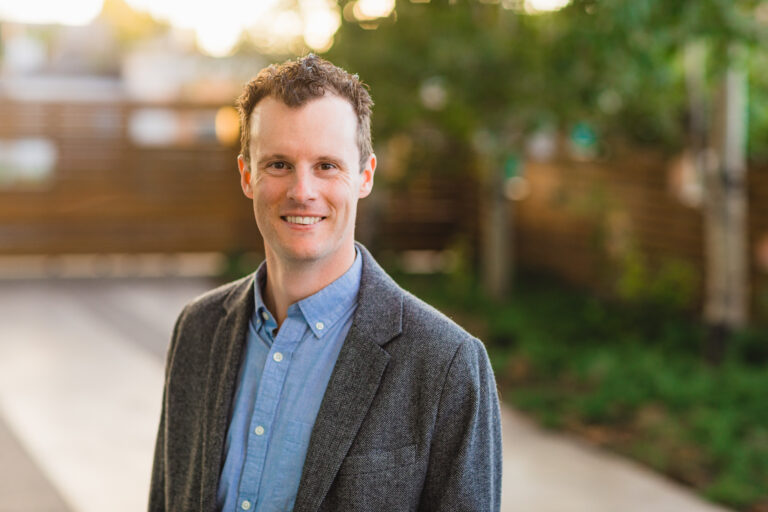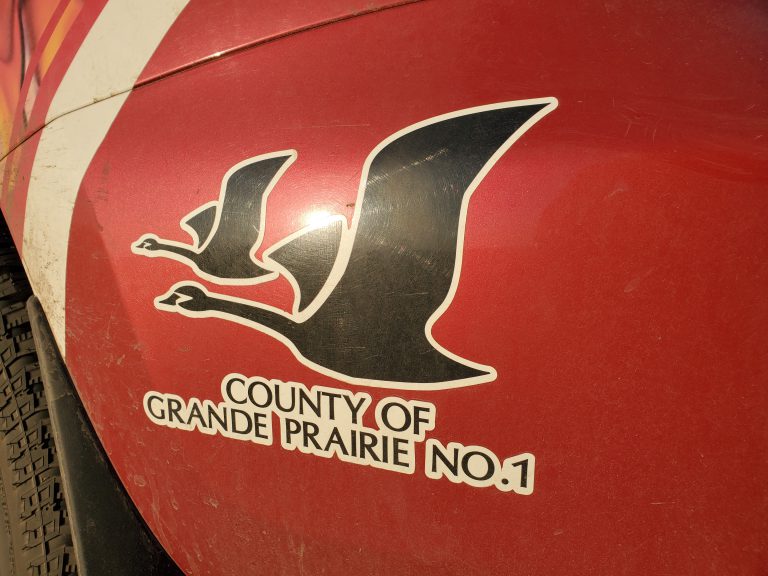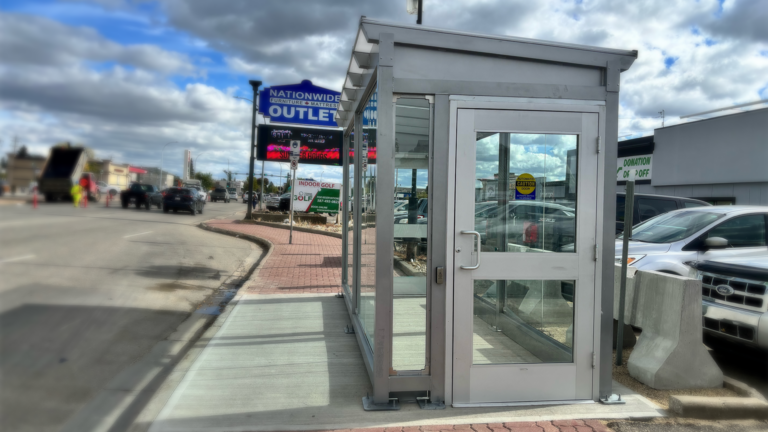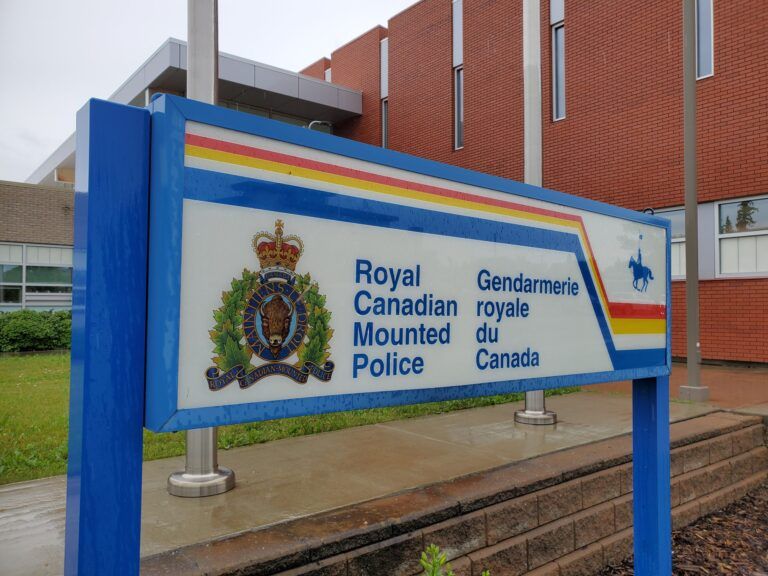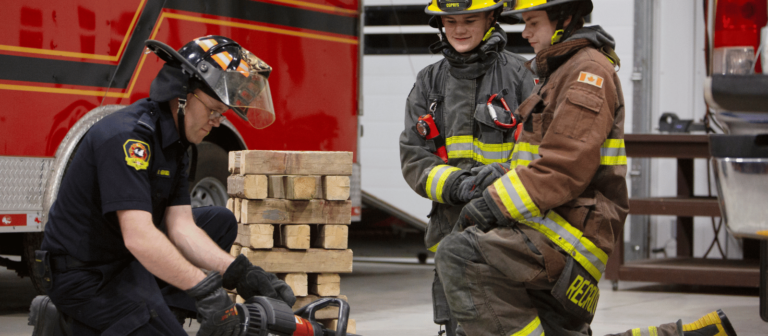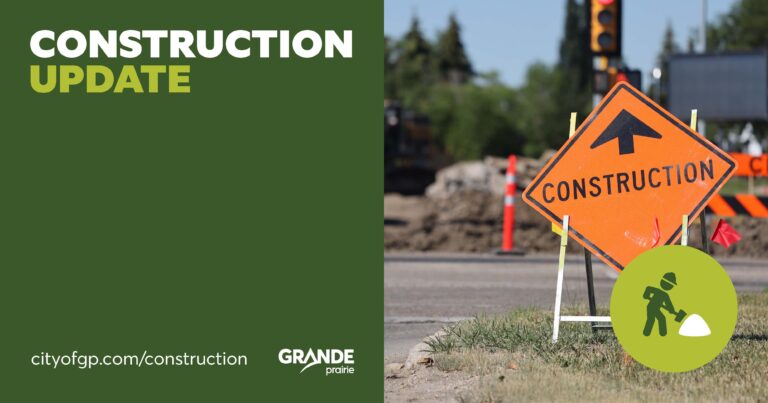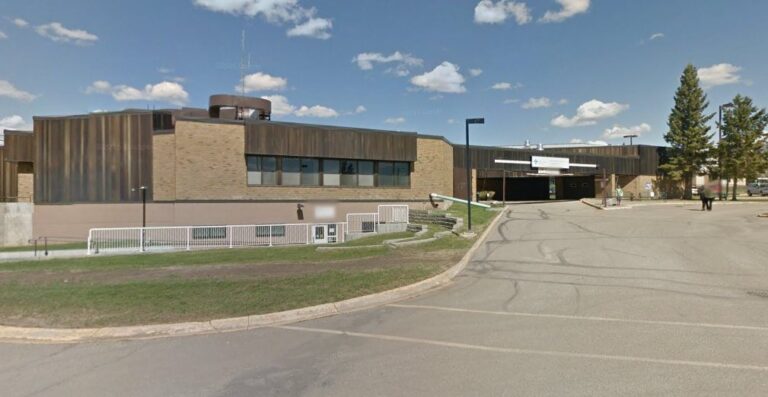After weeks of public engagement and discussion among councillors, Grande Prairie County Council has come to the decision to keep divisional boundaries at the status quo.
Following the dissolution of the Village of Hythe to become a hamlet in the County of Grande Prairie, county council was tasked with reviewing electoral boundaries and the number of councillors by the province.
The review consists of several pieces, mostly revolving around public engagement. During the public engagement portion, council learned that of the small number of respondents, a significant portion of them wished to keep things the same.
Despite the few who chose to engage with council across numerous open houses and online sessions, County Reeve Bob Marshall says the decision was made partly due to a lack of feedback from the public.
“Unfortunately part of it was the lack of public engagement, not that we didn’t try,” he says. “In total, I think we had less than 400 people that actually engaged with us, and [at] one of the open houses, we had very few people show up.”
Marshall says the target was around 1,500 respondents to provide an accurate reading of how county voters were feeling on the matter; however, the Reeve says there simply weren’t enough people indicating their feelings for or against any potential changes for council to make a drastic decision on divisional boundaries or changing the number of councillors from the current nine who serve.
“We looked at that as we’ve got 27,000 people in the county, not all of them are going to be voting age, but when you have that many people in the county, from a statistical standpoint, you want to get a good representation of the population which would be about 1,500 respondents, we didn’t even get a third of that,” he says. “Most of the people, if they’re not responding, in my experience, if you don’t hear from them, there’s not an issue.”
While Marshall expressed some level of disappointment in the lack of community engagement, he maintains that he was open to whatever the public wanted to see, and ultimately, making significant changes would have been inappropriate based on what the limited sample size indicated.
“I was open to whatever they came back with, but I mean if we were to have significantly more engagement that demanded a change, then that would’ve had a larger play on council’s decision,” he says. “When you get a very small group of people, when you look at the population, and even a good chunk of them wanted to keep it the same, it’s like- well what’s the big issue here, is it worth changing everything up, or are we just going to create more issues by changing it than leaving it as status quo.”
As required by the Municipal Government Act, the Bylaw will be advertised and will receive its final reading after the mandatory 60-day petition period.



